This is the first line, with which I must catch your attention and show the article’s value. I have 15 seconds like you do when you create website content for your audience. Did I succeed?
Whether you're a new writer or an old hand at creating content, there's plenty to learn about web copy. Grabbing your readers' attention from the first line is merely the tip of the iceberg.
Read on to find out how to make your main website pages, such as the Homepage, About Us, and Service Page, stand out from the crowd, capture your audience's attention, and contribute to your efforts to increase your market share.
What Is Web Copy?
Website copy usually refers to the main body of text on your website, intended to sell your product or service. It's the words that guide your visitors through the site, explain your brand concept, and tell people about your services. Typically, these main pages include the Homepage, About Us, Service Page, and FAQ.
So what makes good website content?
Your web copy should match the search intent of your potential customers. You want to help them solve their problem and take action — make a purchase, subscribe to your blog, or join your mailing list.
Here are some of our top writing tips to help you achieve this:
Pre-Writing Tips Tip #1: Define your purpose Tip #2: Understand your target audience Tip #3: Know your competitors Writing Tips Tip #4: Hook your readers from the first line Tip #5: Make your copy scannable Tip #6: Help readers navigate Tip #7: Talk to readers as you would a friend Tip #8: Talk in layman's terms Tip #9: Avoid spelling, grammar, or punctuation errors Tip #10: Encourage readers to act Tip #11: Demonstrate proof that the CTA is worth it Tip #12: Add visuals Post-Writing Tips Tip #13: Optimize for search engines Tip #14: Keep your website fresh and up to date Killer Website Content from SemrushHow to Write Website Content
We’ve divided our recommendations into three groups: Pre-Writing Tips, Writing Tips, and Post-Writing Tips.
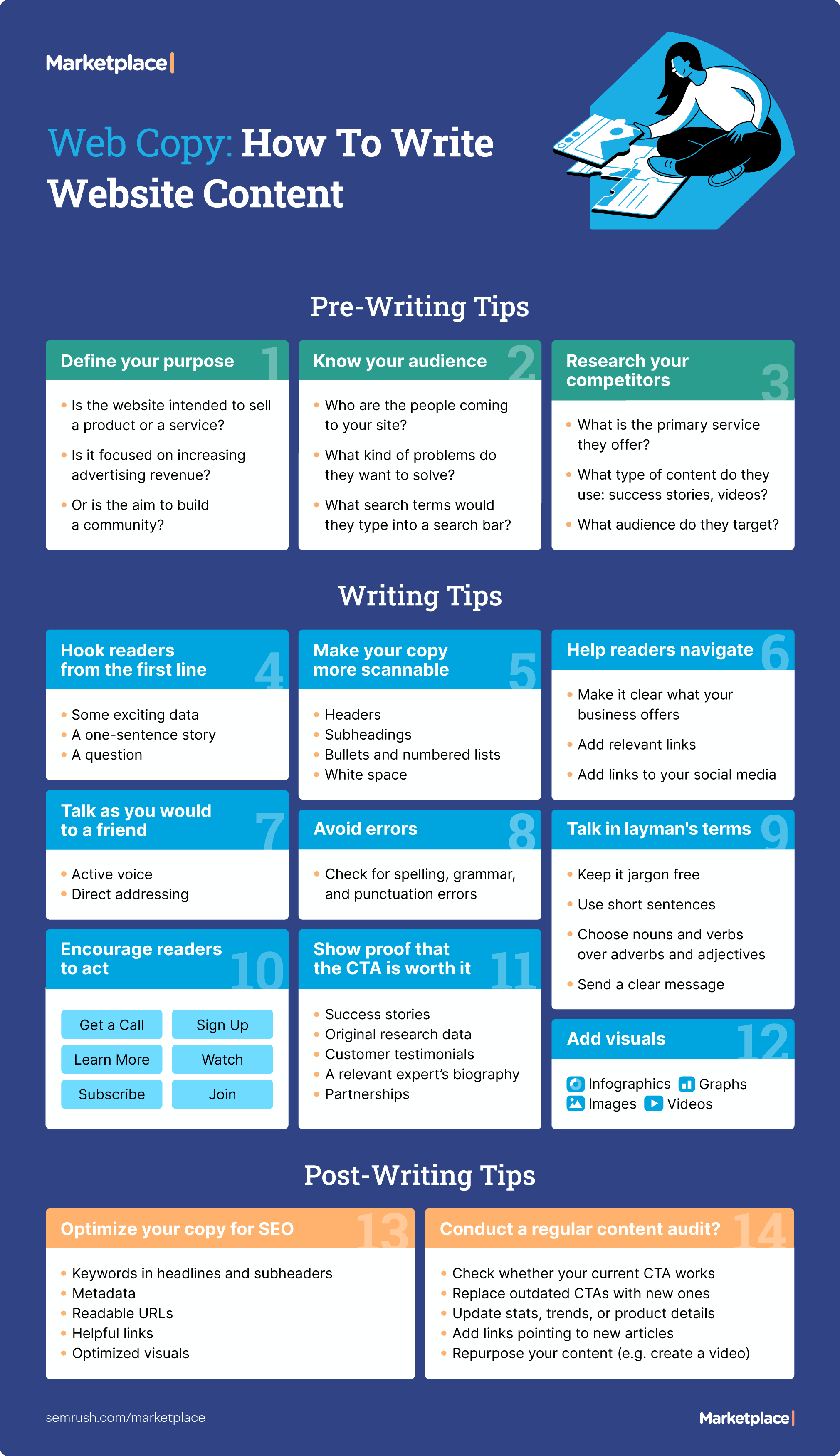
Pre-Writing Tips
Your content’s foundation should be laid before you start writing, and here are three key points to keep in mind.
Tip #1: Define Your Purpose
The single most important thing for any writer of copy is to understand its purpose. Knowing your end goal from the outset helps you craft the perfect piece of content and an ideal call-to-action statement (I’ll talk more about CTAs in Writing Tips).
The objective of the copy supports the goals of the business. So, find your answers to the questions about it:
Is the website intended to sell a product or a service? Is it focused on building traffic with the intention of increasing advertising revenue or sponsorships? Is it aimed at attracting new clients and generating leads? Is the main objective to attract subscribers or build a community?Tip #2: Understand Your Target Audience
Let's say selling is your primary goal. You can determine the best methods of selling only by knowing your audience. The more you know about your prospects, the better you can convert them into paying customers.
To write copy that hooks your potential customers, you need to get into their mindset:
Who are the people coming to your site?
What kinds of problems do they want to solve?
What search terms would they type into a search bar?
If you can learn to write in the ways in which your visitors speak or search, you can start building up a relationship of trust. And if you answer their specific question, they may become your loyal audience and clients.
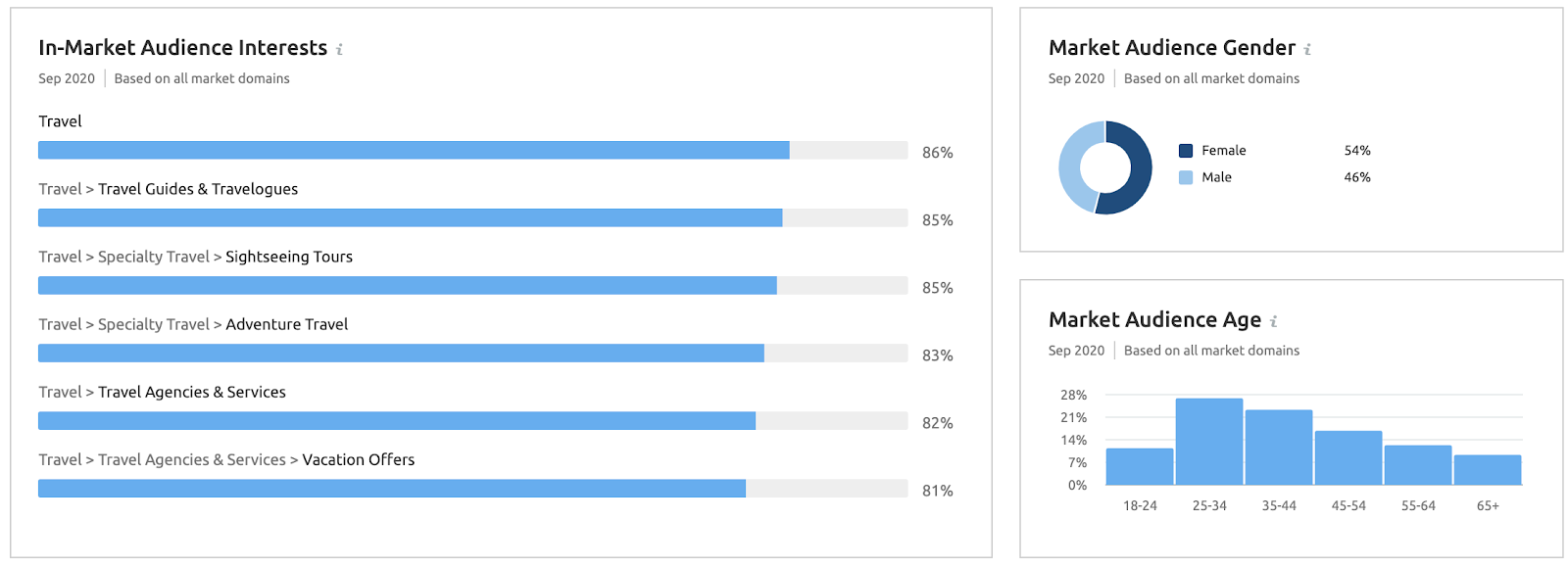
To create your customer’s persona, use our Buyer Persona Template.
Tip #3: Know Your Competitors
It's also a good move to do some research on the websites of your competitors.
It’s likely that visitors to your website will also be considering the competition, so you need to make a strategic decision about whether to offer similar content or branch out and offer something different. Research can be an excellent way to spot trends among competitors and get ahead of the game.
The easiest way to do this is simply to search your main product, service, or topic in Google, discover which sites are ranking, and investigate what they are doing:
What is the primary service they offer?
What type of content do they use on their main pages — success stories, videos, statistics?
What audience do they target?
Lily Ray, @lilyraynyc:
“Look at the search results to determine how feasible it even is to rank, how we should structure our content, tone/sentiment analysis, what featured/rich snippets we can earn, and whether to focus on informational and/or transactional content.”
Kyle Whigham, @Whigsy:
“Identify which pieces of content are driving engagement, be it traffic (estimated of course), likes, shares, etc. Social signals send a clear message in terms of what your shared audience finds valuable and interesting. Use those pages and compare page titles, meta descriptions, and type of content (long/short form, video content, etc.).”
These are our experts’ opinions expressed on our Twitter chat about competitor content analysis — read our summary to find more insights on the topic.
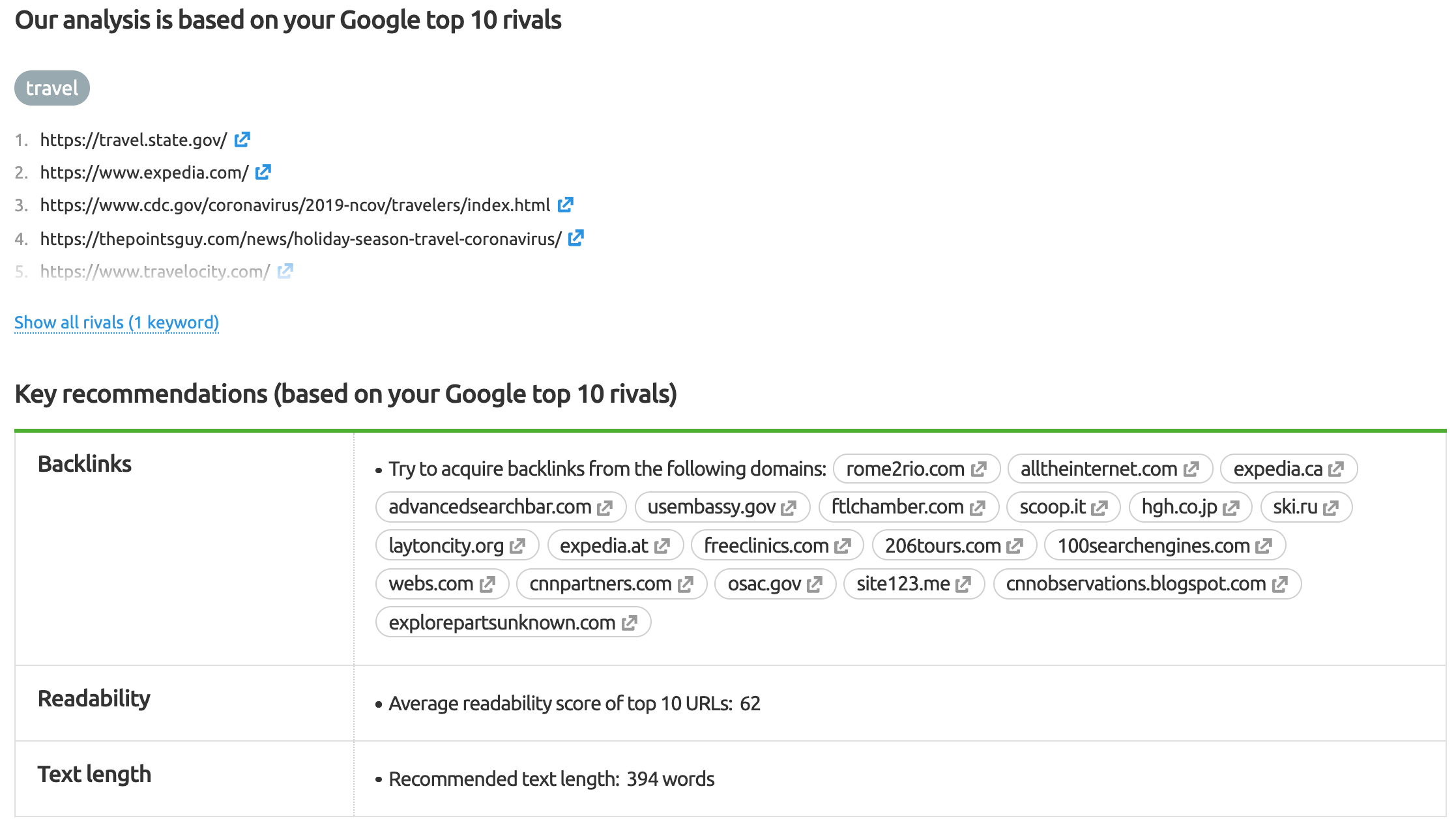
Writing Tips
Writing copy that resonates requires hard work, good writing skills, and anticipation of visitors’ questions. Here are nine tips to help you engage your audience and convert them to customers.
Tip #4: Hook Your Readers from the First Line
As I said at the beginning, you might have just 15 seconds to capture your reader’s interest. If you manage this, your new challenge is to get the reader to stay on the site.
You can start your copy with some exciting data, a one-sentence story, or a question. Make sure people are hungry for more content after reading the introduction.

Tip #5: Make Your Copy Scannable
The layout is important too. Most people skim read, so to ensure that the text is easily scannable, you should include headers, bulleted and numbered lists, descriptive subheadings, and white space between paragraphs.
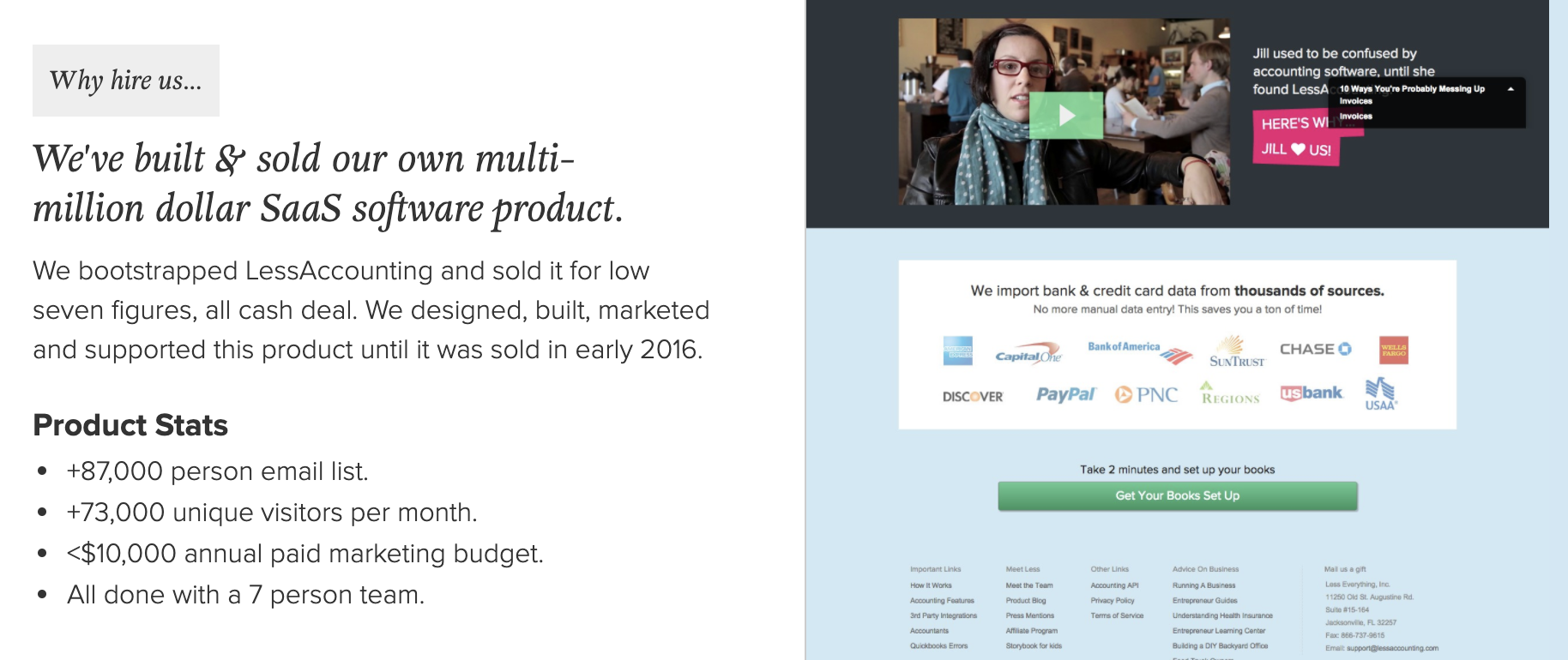
Tip #6: Help Readers Navigate
Remember that there are multiple routes through which audiences find web content. It could be from a post shared on social media, via links on other websites, via a marketing email, or through a search engine results page.
People who receive your message might not be that familiar with your brand. They will be grateful if you make it clear what your business offers and put relevant links for further details in your copy.

It’s also a good idea to post links to your social media accounts prominently to create a connection between your brand and visitors. They may leave the site, but remain your social media subscriber and return to the site.
Tip #7: Talk to Readers as You Would a Friend
Create a bond between your brand and the client using such techniques as:
Active voice: use sentence structure like “You can order our services” instead of “Our services can be ordered.” The passive voice is relevant when you want to sound more formal; in other cases, use the active voice to sound more personal.
Direct addressing: use “you” to address your reader, “we” to speak from the point of view of a company, and “I” for an individual voice.
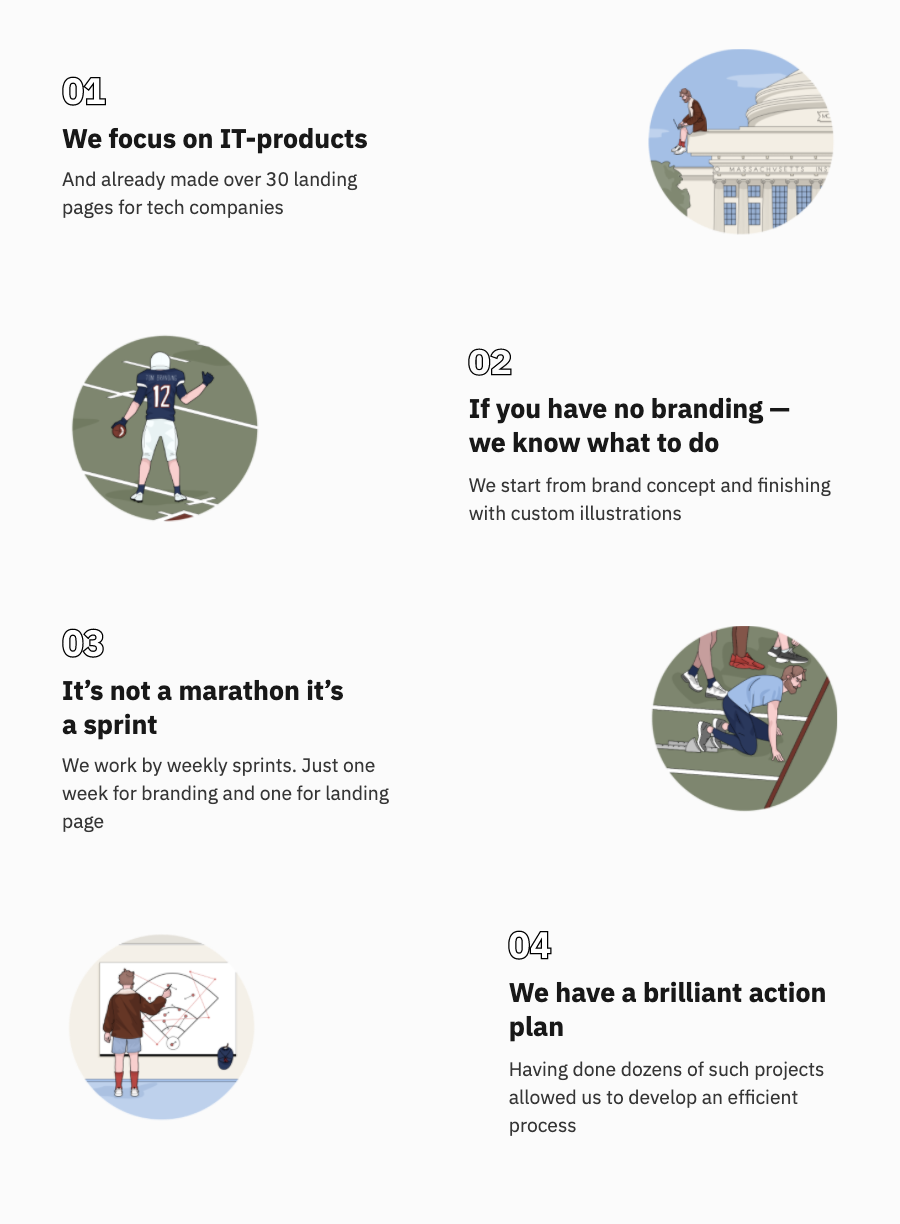
Tip #8: Talk in Layman's Terms
Continuing the idea of the conciseness of your copy, keep your copy simple. Research from The Literacy Project tells us that the average American reads at 7th to 8th-grade level. If you use simple language, your readers might be more likely to understand and remember more.
Make sure you:
Use short sentences — they help to communicate your message clearly.
Limit the use of adverbs and adjectives in order to keep sentences short and snappy.
Avoid using jargon — not all readers are experts, so replace professional terminology with simpler alternatives and provide hyperlinks to other articles with more background information.
Provide examples — readers better visualize your messages with examples rather than high-level statements.
Tip #9: Avoid Spelling, Grammar, or Punctuation Errors
It should go without saying, but the content on any platform should be free from spelling, grammar, or punctuation errors. Sloppy mistakes can put off a huge swathe of potential customers.
Tip #10: Encourage Readers to Act
Remember me saying that you should know your goal from the beginning? It’s time to apply this knowledge.
The purpose of your web copy is to encourage some kind of action. It might be that you want visitors to make a purchase, subscribe to your blog, or join your mailing list, etc.
By including a clear call to action using words like “Join,” “Sign Up,” “Get a Call,” “Subscribe,” “Watch,” and “Learn More” you can help to initiate the desired activity.

Tip #11: Demonstrate Proof that the CTA Is Worth It
A good strategy is to include some proof to back up statements you have made about your products or services. This might be through success stories, original research data, customer testimonials, a relevant expert’s biography, or partnerships. This will help show your expertise and dispel any doubts that may inhibit the customer’s action.
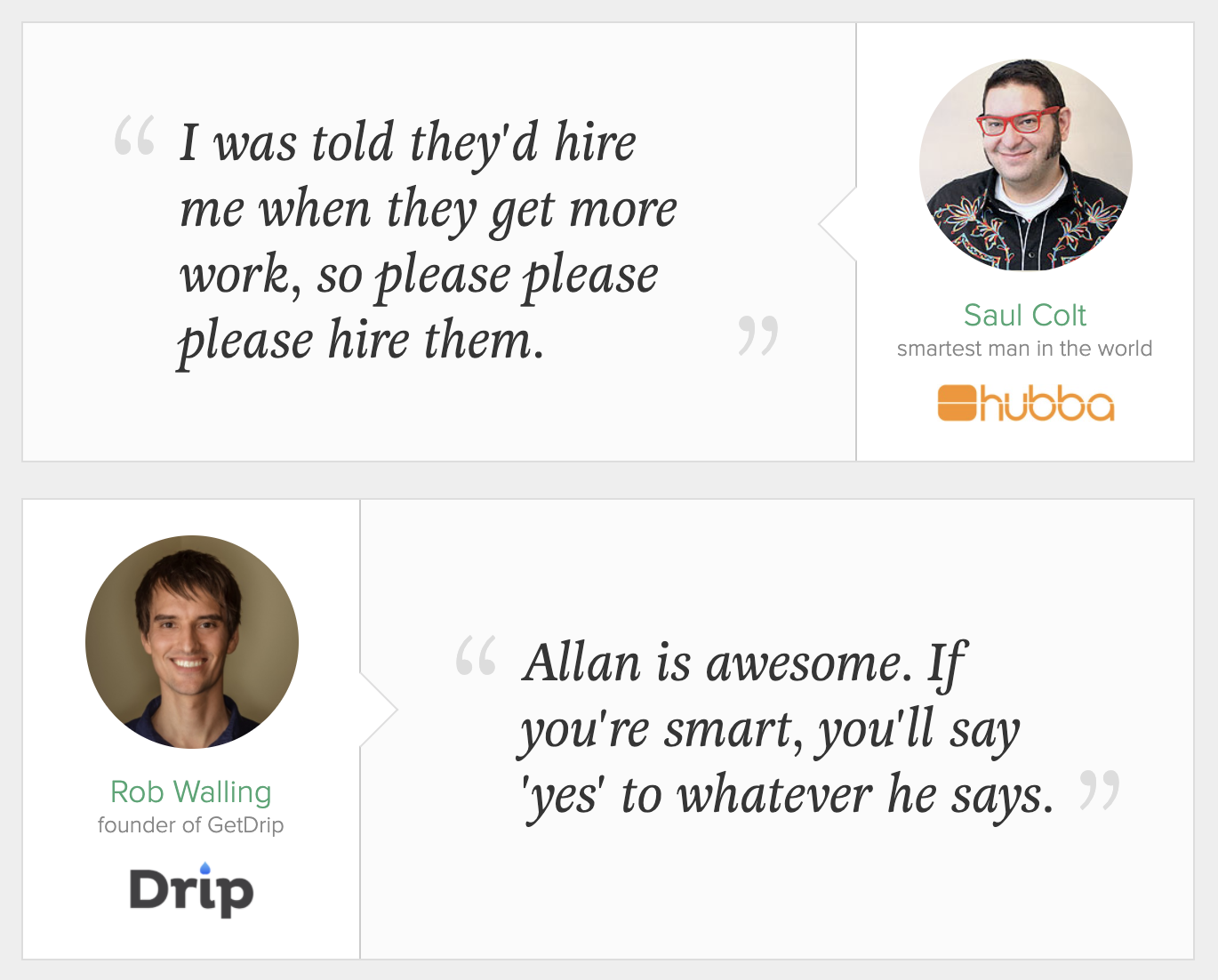
Tip #12: Add Visuals
People remember only 20% of what they read, but 80% of what they see and do. If you add infographics, pictures, graphs, or videos to your copy, this will help people process information and grab their attention.
Here, a colleague of mine wrote more ideas on what interactive content you can create to interact with your audience — quizzes, calculators, infographics, games, maps, etc.
These are the main aspects of writing strong, impactful copy. For those who prefer to order content on our Marketplace, we have a guide on how to write your terms of reference and evaluate the work of a copywriter.
Post-Writing Tips
You’ve written the text, but the work goes on because you need to ensure its searchability and regularly update it.
Tip #13: Optimize for Search Engines
While it's essential to focus on your human audience, it's a foolhardy move to ignore Google’s power. It's important to optimize content for the audience and ensure that the relevant keywords are included in titles, subheadings, and meta descriptions.
It's important to avoid keyword stuffing, though, which can damage your rankings with search engines. Aiming for a 1-2% keyword density is about right.
You aim to produce copy which will be valuable to customers and help them to make decisions. Alongside this, you also need to remember the basics of SEO:
Include keywords in headlines and sub-headers. Add the primary keyword to the title and H1 and 5-10 additional ones to the subheadings and body text.
Take care of the metadata. Describe the specific web page in 1-2 sentences to encourage a user to click on your link over your competitors’.
Make your URLs readable. Help your readers to understand what’s inside the page.
Add relevant and helpful links. This way, you will encourage visitors to stay longer on the website, and you will rise in Google’s estimation.
Optimize your visual content. Resize images to make the site loading faster, and add alt tags for search engines.
Tip #14: Keep Your Website Fresh and Up to Date
One of the first things people do after they hear about a company is look up its website. Your website is your business card, so be sure to make a good first impression.
Refresh your content from time to time. Add some new relevant information such as new stats and trends or new product details.Update your outdated banners or CTAs. Replace them with relevant offers to reactivate your content marketing funnel and improve your conversion rates.
Make sure the copy performs well. Underperforming copy may need more examples, tips, and practical details.
Repurpose your content. You can try a different format for this content, such as creating a video and incorporating it into the page.
Optimize internal linking. Add links pointing to new articles in blog posts with related topics.
You should also regularly review your content strategy to ensure that your web copy has the desired impact on visitor journeys through your website.
Killer Website Content from Semrush
We've run through a few key tactics for ensuring that your web copy is top-notch quality. By keeping it simple, focusing on the customer but also remembering the importance of SEO, you might be able to convert your visitors into customers and help more prospective clients to find your website.
Web content creation is a complex task, and you might feel like you need some professional input. With the Semrush Content Marketplace, you can have your website content written by qualified website content writers with experience in your industry in less than 15 business days.
You pay for your website content based on how long it is, at either 300, 500, 1000, or 1500 words. Check out our website content writing rates and turnaround times here.
Innovative SEO services
SEO is a patience game; no secret there. We`ll work with you to develop a Search strategy focused on producing increased traffic rankings in as early as 3-months.
A proven Allinclusive. SEO services for measuring, executing, and optimizing for Search Engine success. We say what we do and do what we say.
Our company as Semrush Agency Partner has designed a search engine optimization service that is both ethical and result-driven. We use the latest tools, strategies, and trends to help you move up in the search engines for the right keywords to get noticed by the right audience.
Today, you can schedule a Discovery call with us about your company needs.
Source:





